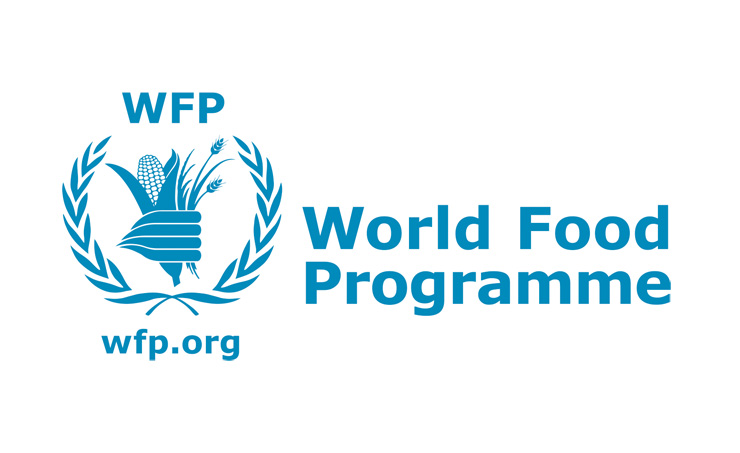“The World Food Programme” Using Drones Before and After Disasters

Disasters are constantly happening throughout the world. Whether they are from natural sources like hurricanes and earthquakes, or from politicly charged ones like wars, the people living in these disaster zones need help. The World Food Programme has been serving disaster victims for the last 58 years. Headquartered in Rome, the WFP and it’s more than 16,000 employees provide aid to 91.4 million people in more than 80 countries each year. According to their website the “WFP is the leading humanitarian organization saving lives and changing lives, delivering food assistance in emergencies and working with communities to improve nutrition and build resilience.” One of the ways the WPF is able to complete it’s humanitarian missions is through the utilization of drones.
The WFP has actually been pioneers in the field of using aircraft for emergency relief missions. When they first began operating in the 60’s it was through the use of airplanes and helicopters that they were able to bring food to people in need. Latter they began using satellite images to help map out areas that would be in need of their resources. As time and technology has progressed, the WFP has fully embraced the value of drone technology. And they don’t just use drones for one task, but for a broad range of missions.
One way in which drones have been useful for the WFP is in making sure that food gets delivered to people in need quickly. After a disaster strikes access to basic needs like water are critical. The problem many relief agencies run into is finding where those in need are most concentrated to make sure that deliveries are made in a manner that makes the most sense.
Gabriela Alvarado, the head of IT Emergency Preparedness and Response for WFP, said that, “Historically, we have used satellite images for these tasks. Those continue to be great and to serve a good purpose. But what we’ve started to see are certain scenarios where satellite imagery isn’t able to perform some of the things we want to monitor.” For example, in the aftermath of a hurricane there is often too much cloud coverage for the satellites to be able to capture images like where people in need are congregated. This is where drones are perfect tool to use. The drones can get in below the cloud surface and gather high resolution images, allowing the WFP to set up the best relief locations possible.
Not only are drones proving to be a great reactive emergency relief tool, but they are also helping the WFP to be proactive in their relief efforts. The WFP has also used drones to figure out how to best help people before a disaster strikes. When Cyclone Idai hit the southern regions of Africa in March this year it caused massive destruction. It effected more than 1.5 million people and claimed at least 150 lives. The cyclone first hit Mozambique causing massive floods. The WFP was able to help save many lives before Idai even hit though. They used drones to map a 14,000 square kilometer area. They then took the data gathered by the drones and compared it to images taken of the same area in both the rainy and dry seasons. This allowed them to make predictions as too what areas would be most vulnerable to flooding and to see that people living in these vulnerable areas could be relocated before the storm began.
The WFP has gone even further in how they use drones to help the world at large. They understand how drones are changing the world for the better. Part of their mission is to see that people living in areas that they service will know how to use drones to help themselves as well. They provide drones and set up lessons on how to use them. These lessons usually take a week to complete an cover everything from how to fly a drone, use it to gather data, and the rules and regulations that go along with drone operation.
They WFP has also begun teaching farmers in areas like Columbia how drones can help them better manage their crops. For an organization whose primary concern is making sure the world is fed, crop health is very important. Thing like droughts and pest infestations can be just as devastating to a farmer as a hurricane. Drones have become vital tools for the agricultural industry to maintain the health and productivity of crops.
A lot has changed in the almost 60 years in which the WFP has been providing aid to those in need around the world. Technology is ever evolving and changing how we as a society functions. The WFP may be based on the simple principle of making sure that humanity has it’s basic needs met, but they do not approach things through simple minded ways. They are proving that drones and technology can be far more than leisure toys. Drones can be life saving tools.
|